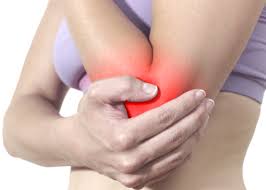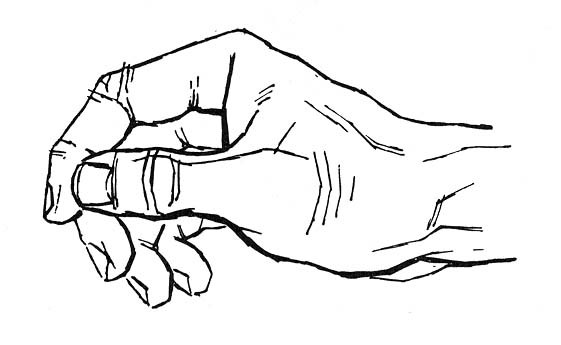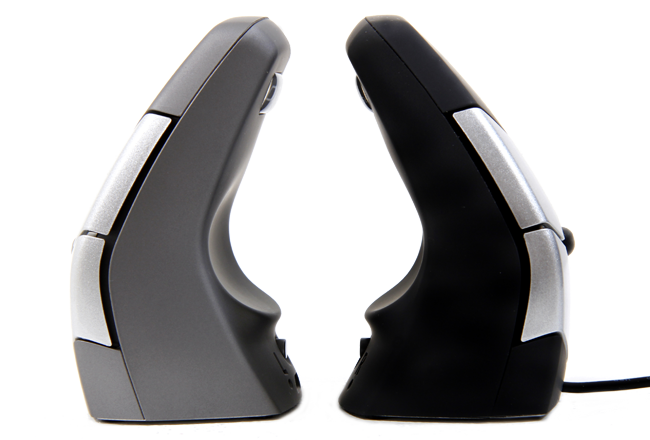
Best Ergonomic Computer Mouse for Lateral Epicondylitis (Tennis Elbow)
by Stephen Bowden, Chartered Ergonomist
There are so many ergonomic mice to choose from. If you are looking for the best ergonomic mouse for lateral Epicondylitis please read through this blog post that covers some background to Lateral Epicondylitis (Tennis Elbow) and three tips covering how to manage discomfort.

Background to Lateral Epicondylitis
Lateral Epicondylitis is a condition that occurs in the arm and is sometimes known as Tennis Elbow. The terms “Tennis Elbow” is a misnomer however since it occurs most often in non tennis players. Furthermore, and contrary to popular belief, there is limited scientific evidence that computer mouse use causes arm conditions such as lateral epicondylitis 1,2.
The condition can be aggravated by computer mouse use and occurs most often in the dominant arm of middle-aged patients and in females more commonly than males. It can occasionally occur in both arms at the same time. It is provoked by any occupation, sport or other activity outside of work that involves repeated and forceful extension movements at the wrist and twisting of the forearm. It can also be caused by a direct such as a blow to the outside of the elbow though this cause is quite rare.
Symptoms of Lateral Epicondylitis
The onset can be gradual with a mild ache coming and going felt first at the outside of the elbow or forearm. Pain is felt originally over the outside of the elbow and can then be followed by intense pain which can pass down the forearm into the back of the hand and into the middle and ring fingers. Sometimes, though rarely, the pain can pass up the arm in particularly severe cases.
Pain at the outside of the elbow can also be caused by the irritation of a nerve in the neck but this cause is usually accompanied by a sensation of pins and needles or numbness and possibly muscle weakness which help to identify the cause as being in the neck rather than the elbow. The pain is made worse especially by movements of the wrist, gripping, shaking hands. In some cases actions such as holding a cup of tea may become particularly painful and difficult to do. The condition, when severe, can disturb sleep.
Keyboard and computer mouse use can aggravate the condition as the postures and actions adopted during these activities produce repeated pulling of the muscles that prevent the condition from subsiding.
If you use a computer regularly there are some simple steps to reduce the aggravating factors that are caused by use of the keyboard and mouse.
1. Lay the keyboard flat and not have it propped up by the supports at the back of the keyboard. Use of the keyboards supports means that the keyboard is at an angle and you have to extend your wrist to operate the keys. As use of an extended wrist is an aggravating factor this is best avoided so keep your keyboard flat. The new Kinesis Ergonomic Keyboard helps reduce wrist extension.
2. Use a vertical mouse that enables you to operate the mouse with your hand in the position of function/rest (closer to vertical) in relation to the desk surface rather than being flat on the desk. The vertical type of mouse reduces extension of the wrist and also reduces twisting of the forearm which are known aggravating factors. Be careful here as many Vertical Mice designs claim that the hand shake grip is the neutral position of the hand which it is not. The position of function/rest is the neutral position of the hand and is used during use of mice such as the DXT Ergonomic Mouse .

Position of Function/Rest
The best ergonomic mouse for lateral Epicondylitus should also allow you to spread the mouse usage between right and left hand while still adopting the position of function/rest. The DXT Mouse allows you to switch between right and left hand with the press of a button. Try to pre empt discomfort with a change of hand or task.

DXT Mouse can be used in left and right hand
3.The third step is to carry out some simple exercises which can be found by clicking on the CSP website
More detailed information about the Lateral Epicondylitis can be found through Ortho Info .
References:
1) Waersted M, Hanvold TN, Veiersted KB, 2010; Computer work and musculoskeletal disorders of the neck and upper extremity: a systematic review. BMC Musculoskelet Disord. Apr 29;11:79. doi: 10.1186/1471-2474-11-79.
2) Mattioli S, Violante FS, Bonfiglioli R, 2015; Upper-extremity and neck disorders associated with keyboard and mouse use. Handb Clin Neurol.;131:427-33. doi: 10.1016/B978-0-444-62627-1.00022-6.
